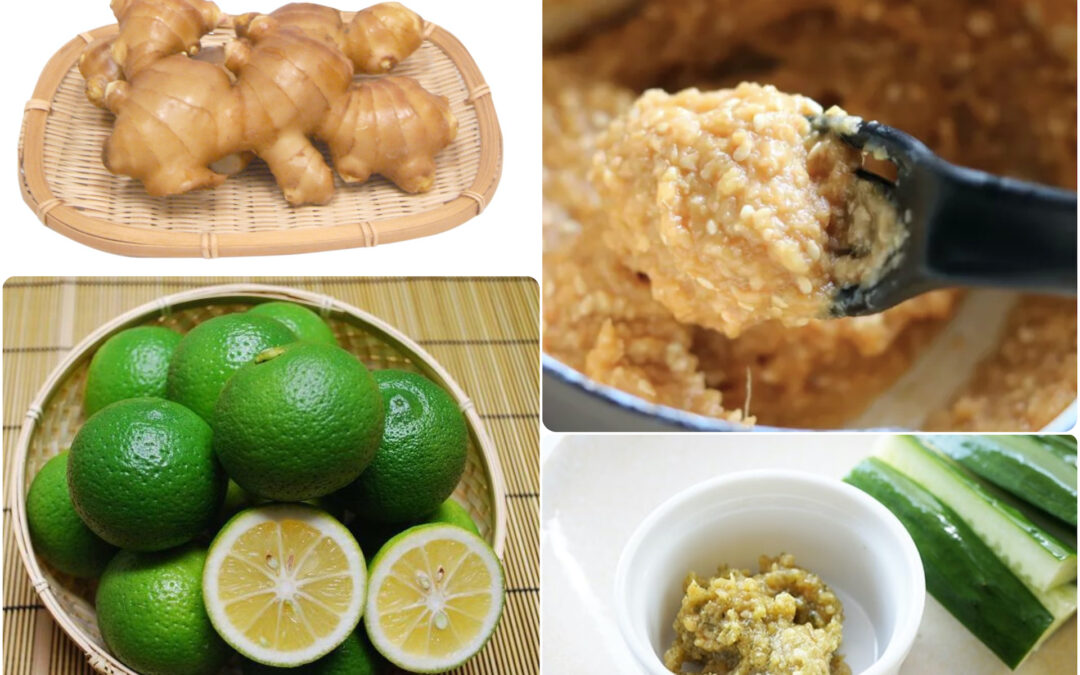
by Elizabeth Andoh | Apr 21, 2022 | Cooking Club
PROJECT Flavored Miso This Kitchen Culture Cooking Club PROJECT is about making flavored miso in YOUR kitchen… and sharing with fellow members what you have made and how you are using it. This page introduces two new flavored miso mixtures, one redolent with fruity...
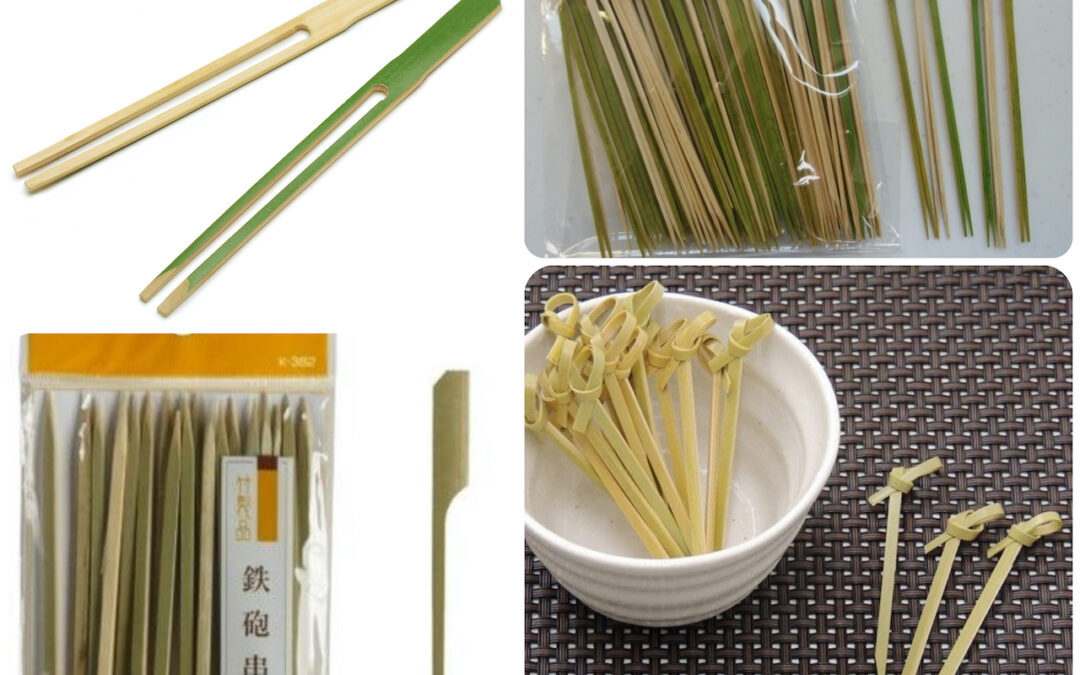
by Elizabeth Andoh | Mar 17, 2022 | Cooking Club
PROJECT Kushi This Kitchen Culture Cooking Club PROJECT is about making SKEWERED FOOD in YOUR kitchen… and sharing with fellow members what you have made. Many recipes for skewered foods can be found on this website: Black Sesame Miso Tōfu DengakuCrunchy Kushi AgéFuki...
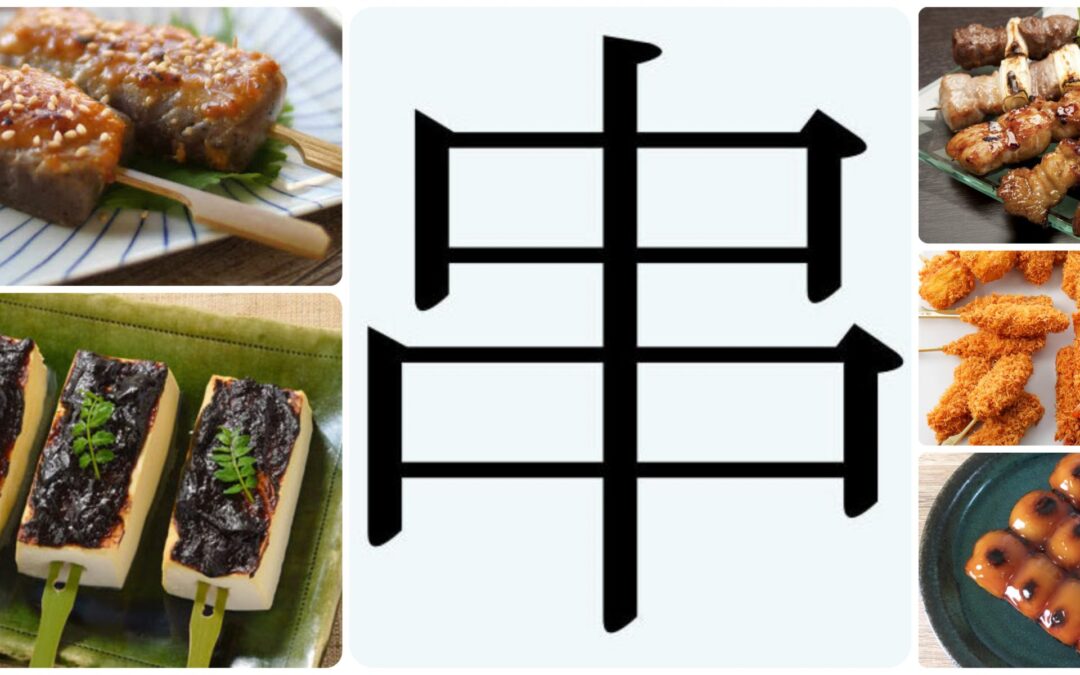
by Elizabeth Andoh | Mar 17, 2022 | Recipes
串・KUSHISkewers Galore Because spearing or threading food on skewers makes cooking over a fire easier and more efficient it’s not surprising to find some sort of skewered food in nearly every food culture. There is (Brazil’s) churrasco, (Spain’s)...
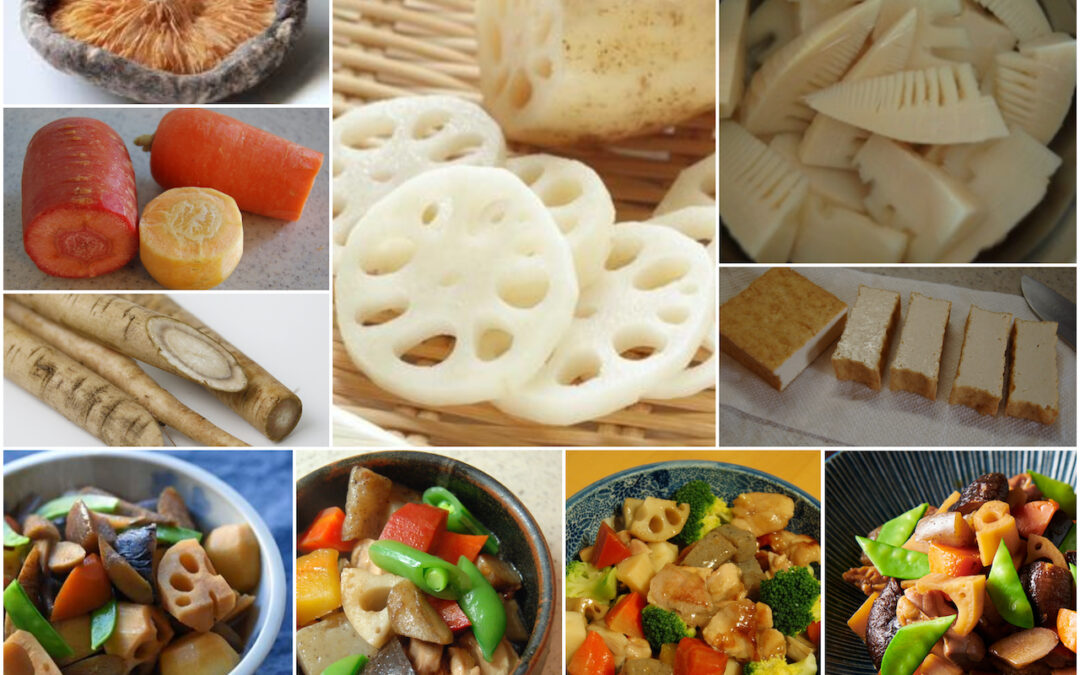
by Elizabeth Andoh | Feb 25, 2022 | Cooking Club
Four Examples of Chikuzen Ni (left to right): (VEGAN) sato imo (potatoes), lotus root, shiitaké, carrot, snow peaskonnyaku, chicken, lotus root, shiitaké, carrot, gobō and snap peaschicken, broccoli, lotus root, bamboo shoot, konnyaku, and carrot(VEGAN) gobō,...
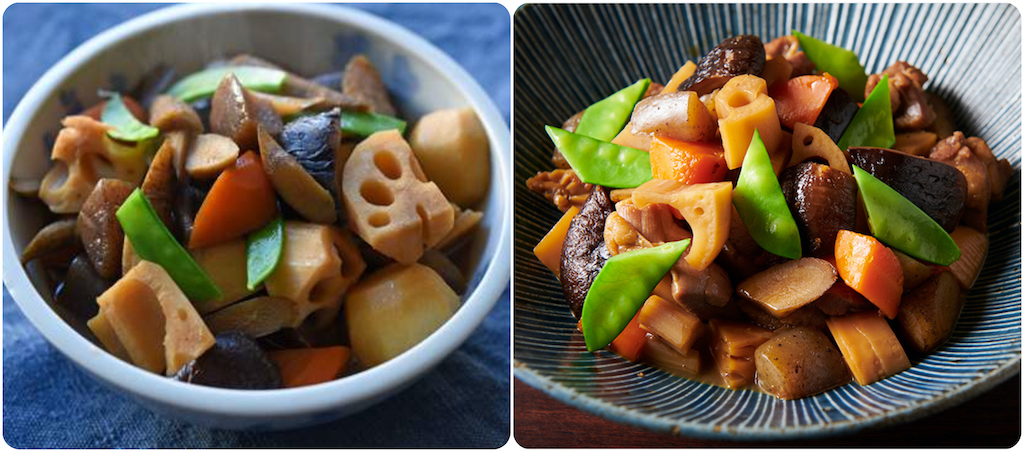
by Elizabeth Andoh | Feb 25, 2022 | Recipes
筑前煮・Chikuzen NiVegan Version: Soy-Braised Vegetables with Thick Fried TōfuClassic Version: Soy-Braised Vegetables with Chicken Chikuzen is the former name of a province, the area that is today part of Fukuoka Prefecture in Kyūshū. The word “ni” in the title of this...






